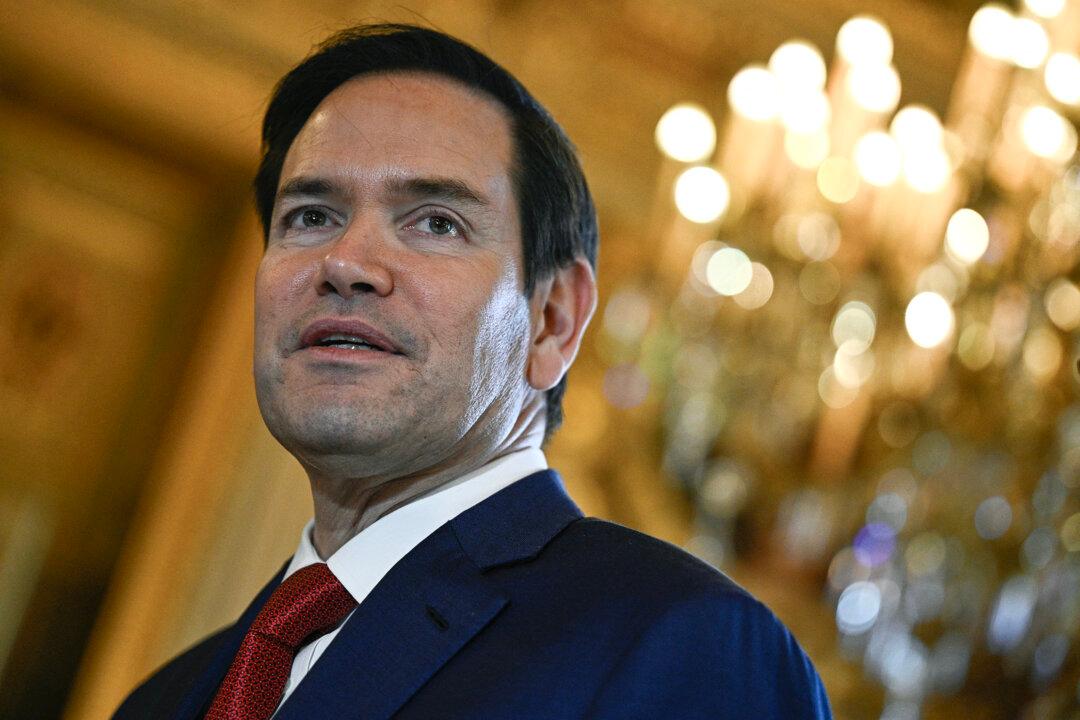New documents detailing closed-door discussions at the most recent Federal Reserve policy meeting show officials softening their “transitory” view of inflation, acknowledging the recent bout of higher prices as more intense and longer-lasting than they previously believed while vowing to act more aggressively if inflationary pressures stay elevated for too long.
They said they expected inflation to accelerate relative to September’s pace, anticipating that the 12-month change in the personal consumption expenditures (PCE) price index would go up and end the year “well above 2 percent,” which is the Fed’s target inflation rate.
While Fed officials judged that the elevated price pressure were mostly driven by production bottlenecks and other factors that they expect to be temporary in nature, they agreed that they should make the case for “transitory” inflation less forcefully.
Members “concurred that it would be appropriate to convey less certainty about the path of inflation by noting that the factors driving elevated inflation ‘are expected to be transitory,’” while noting that “inflation pressures could take longer to subside than they had previously assessed.”

Some members expressed the view that the factors driving up prices had spilled over from a narrow range of pandemic-related categories and had become more widespread, though they “generally continued to anticipate that the inflation rate would diminish significantly during 2022 as supply and demand imbalances abated.”
Still, Fed officials said their uncertainty regarding the inflationary assessment had increased.
“Many participants pointed to considerations that might suggest that elevated inflation could prove more persistent,” the minutes indicate.
“These participants noted that average inflation already exceeded 2 percent when measured on a multiyear basis and cited a number of factors—such as businesses’ enhanced scope to pass on higher costs to their customers, the possibility that nominal wage growth had become more sensitive to labor market pressures, or accommodative financial conditions—that might result in inflation continuing at elevated levels,” the document reads.
Several FOMC members also acknowledged signs that inflation expectations may be becoming “less well anchored,” which is Fed-speak for people’s expectations for the future rate of inflation becoming unmoored from around the 2 percent target and impacting their behavior around purchases, or driving them to demand higher wages.
In light of more persistent inflation than previously believed and the growing risk of a deanchoring of future inflation expectations, Fed officials said they would consider accelerating the timetable for phasing out the central bank’s $120 billion in monthly asset purchases and raising interest rates.
“Various participants noted that the Committee should be prepared to adjust the pace of asset purchases and raise the target range for the federal funds rate sooner than participants currently anticipated if inflation continued to run higher than levels consistent with the Committee’s objectives,” the minutes indicate.
And, while a number of Fed officials “stressed a patient attitude toward incoming data” around inflationary pressures to make sure the labor market recovery is well-grounded before tightening monetary policy, FOMC members vowed “not [to] hesitate to take appropriate actions to address inflation pressures that posed risks to its longer-run price stability and employment objectives.”
Kathy Bostjancic, chief U.S. financial economist at Oxford Economics, told The Associated Press she thinks the Fed will accelerate tapering the bond buys, which the FOMC decided at its latest meeting to phase out over eight months at a pace of $15 billion per month.
She also said she expects the first rate hike to come in September 2022 rather than her earlier forecast for December of that year.
Since the Fed’s November meeting, several Fed officials have publicly expressed an openness to picking up the pace of winding down the monthly bond buys.





